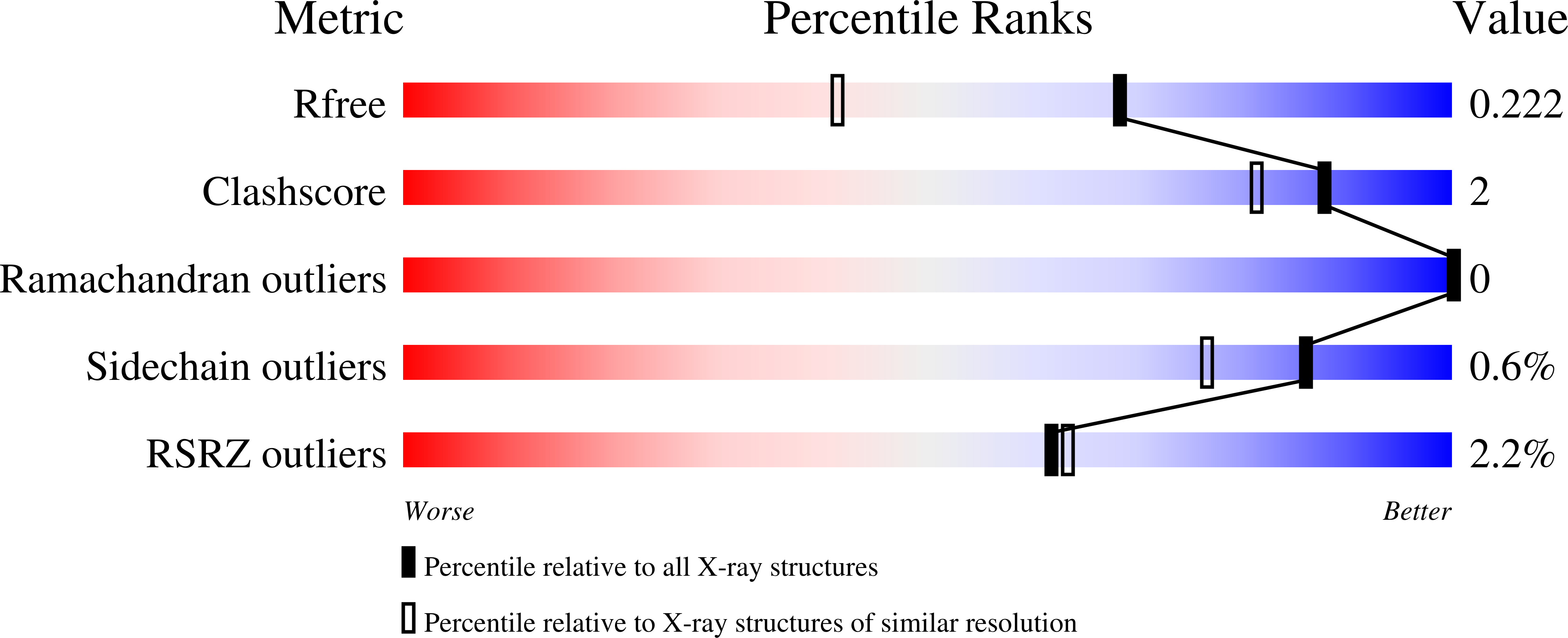
Deposition Date
2022-05-25
Release Date
2022-06-22
Last Version Date
2024-11-20
Entry Detail
PDB ID:
8CZX
Keywords:
Title:
Structure of SARS-CoV-2 3CL protease in complex with the cyclopropane based inhibitor 17d
Biological Source:
Source Organism:
Host Organism:
Method Details:
Experimental Method:
Resolution:
1.65 Å
R-Value Free:
0.22
R-Value Work:
0.17
R-Value Observed:
0.17
Space Group:
P 1 21 1


